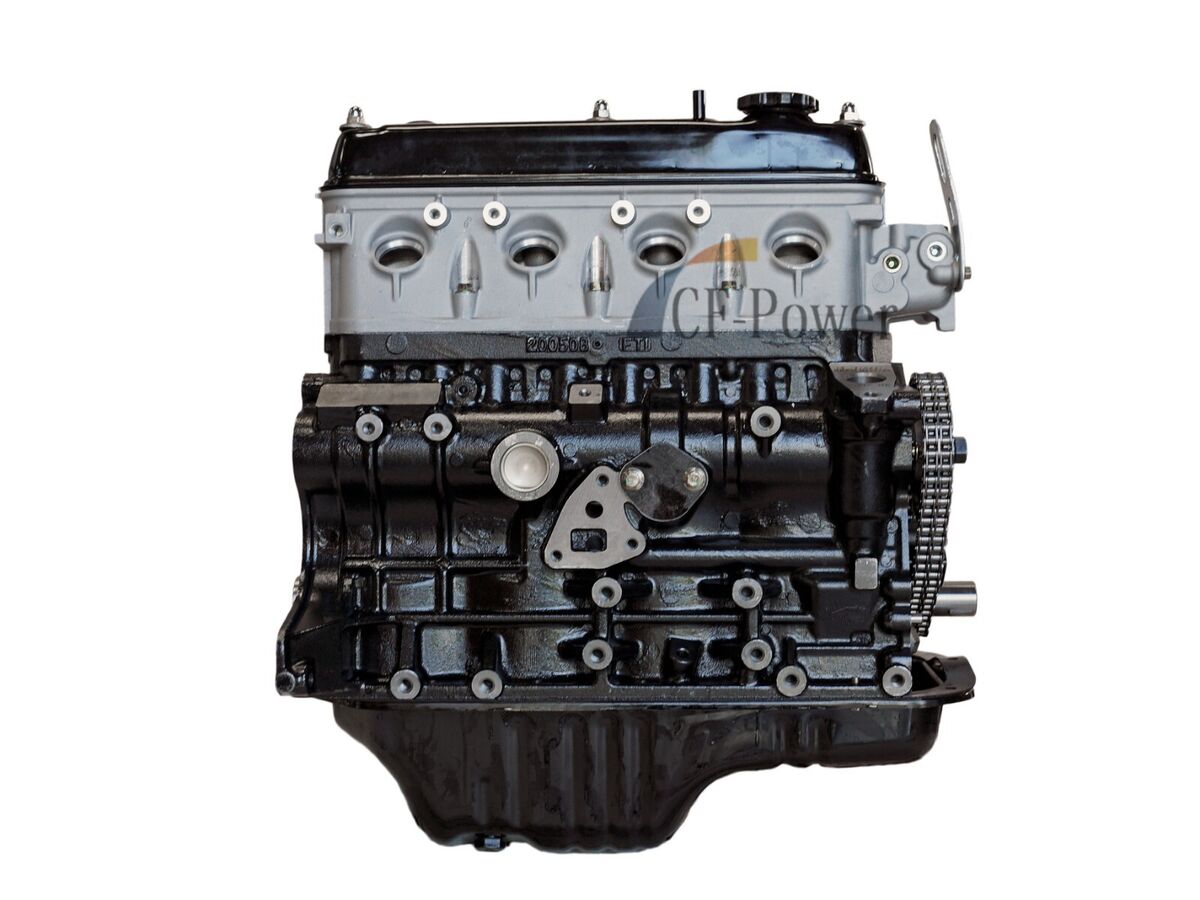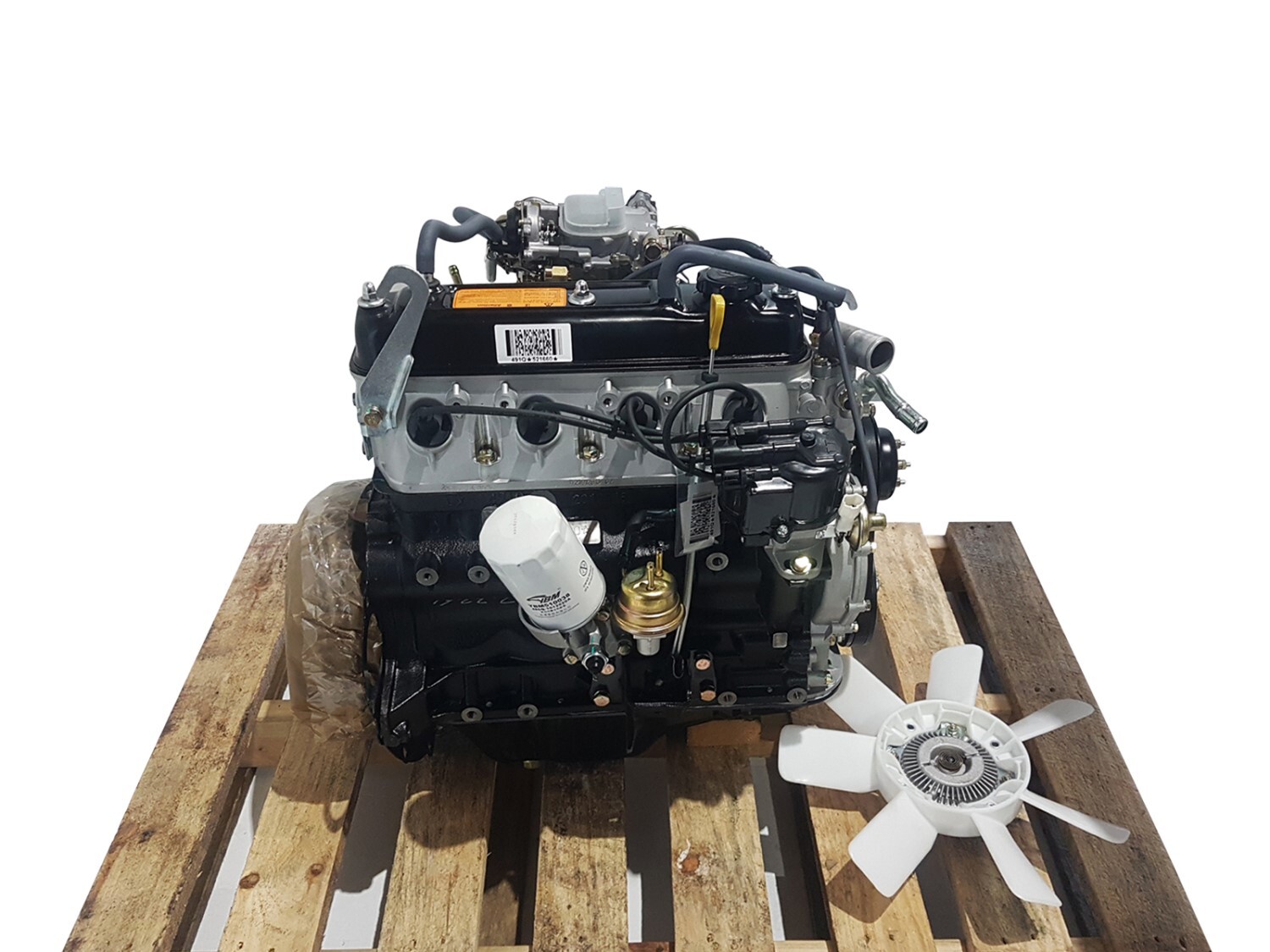How to Maximize Fuel Economy with Your 4Y Engine
How to Maximize Fuel Economy with Your 4Y Engine
Blog Article
Exploring the Various Types of Engine: Which One Fits Your Needs?
In the pursuit to identify one of the most suitable engine type for your details needs, it is crucial to evaluate the unique qualities and advantages of each choice offered. Internal combustion engines continue to dominate as a result of their reliability, while electric engines are obtaining traction for their sustainability. Crossbreed engines offer a flexible compromise, and diesel motor stick out for their power sought after applications. In addition, different fuel engines present ingenious solutions, albeit with specific restrictions. Understanding your top priorities will certainly be crucial in this decision-making procedure, resulting in an expedition of aspects that may influence your option.

Internal Combustion Engines
Interior burning engines (ICEs) are the foundation of modern-day transport, powering a large variety of vehicles from cars to aircrafts. These engines run on the principle of converting fuel into power through a collection of regulated explosions within a combustion chamber. One of the most typical kinds of ICEs include gas engines, diesel engines, and rotating engines, each created to satisfy details efficiency and efficiency requirements.
Gas engines normally use spark ignition, while diesel motor depend on compression ignition, leading to distinct distinctions in gas performance and power result (4y engine). Rotary engines, or Wankel engines, use a portable design and smooth operation, yet are less commonly used in mainstream applications
ICEs have undertaken significant developments in technology, consisting of the intro of turbocharging and gas injection systems, which boost overall effectiveness and efficiency. Regardless of their efficiency renovations, ICEs deal with boosting examination because of their environmental impact, specifically regarding greenhouse gas discharges. As the automotive industry advances, the future of ICEs continues to be a topic of debate, balancing efficiency, efficiency, and environmental factors to consider. They proceed to play an important role in worldwide transportation infrastructure.
Electric Engines
As concerns about environmental sustainability and nonrenewable fuel source dependency grow, electrical engines have actually emerged as a compelling alternative to interior burning engines. These engines use electric motors powered by batteries or fuel cells, providing a cleaner and extra reliable ways of propulsion.
Among the main benefits of electric engines is their decreased exhausts. Unlike conventional engines that burn fossil fuels, electrical engines create no tailpipe emissions, significantly decreasing air contamination and adding to boosted public health. In addition, the efficiency of electrical motors typically goes beyond that of inner burning engines, converting a higher percentage of energy from the power source into functional power for movement.
Electric engines are additionally significant for their peaceful operation, making them perfect for metropolitan settings. 4y engine. The simpleness of their design causes fewer relocating parts, which can result in lowered upkeep costs and increased integrity gradually
However, obstacles continue to be, including battery manufacturing influences, billing facilities, and variety constraints. Despite these obstacles, the growing investment in electric vehicle modern technology and sustainable energy resources factors toward a promising future for electrical engines, placed to play an essential role in the shift toward sustainable transport.
Crossbreed Engines
Mixing the advantages of both traditional and electric interior burning engines, hybrid engines stand for a versatile service in the pursuit for effective and sustainable transportation. These engines integrate a gas or diesel engine with an electrical motor, permitting enhanced fuel efficiency and lowered exhausts compared to standard see this site automobiles.
Crossbreed engines run in several settings, using the electrical motor for low-speed driving and the internal burning engine for higher rates or when even more power is needed. This dynamic procedure not only enhances fuel economic climate however also adds to a smoother driving experience. Regenerative stopping is another critical feature, recording energy usually lost during stopping and redirecting it to charge the battery.

As consumers progressively prioritize eco-friendliness, crossbreed engines attract attention as a useful option, providing an efficient balance of efficiency, efficiency, and ecological duty. This adaptability makes them ideal for metropolitan travelling and long-distance traveling alike.
Diesel Engines
Efficiency and power are hallmarks of diesel engines, which have long been favored for their robustness and gas economic climate. These engines operate on the concept of compression ignition, where air is pressed to a heat prior to fuel is infused, igniting it without the demand for ignition system. This procedure enables diesel motor to achieve greater thermal efficiency contrasted to fuel engines, translating into much better fuel gas mileage and lower carbon dioxide discharges.
Diesel motor are especially well-suited for durable applications such as vehicles, buses, and commercial equipment, where torque and toughness are critical. Their style typically consists of stronger components to withstand the greater stress generated during operation, causing longer service life and minimized upkeep prices.

Different Gas Engines
While diesel motor have long dominated the landscape of sturdy source of power, alternative gas engines are obtaining traction as sensible options for an extra sustainable future. These engines utilize a range of fuels, such as pressed natural gas (CNG), hydrogen, lp, and ethanol, intending to minimize greenhouse gas discharges and dependence on fossil gas.
One significant advantage of alternative fuel engines is their potential to reduced carbon footprints. For example, CNG engines produce less contaminants compared to conventional diesel engines, making them appropriate for city transit systems and fleets looking for to improve air quality. Ethanol, stemmed from biomass, not just decreases discharges but also sustains farming economic situations.
Hydrogen gas cells stand for an innovative development in this realm, offering zero-emission power with a chemical reaction in between hydrogen and oxygen. Difficulties such as framework advancement and manufacturing costs continue to be barriers to extensive adoption.
Final Thought
Interior burning engines supply view it now reliability, while electric engines prioritize sustainability and reduced maintenance. Crossbreed engines incorporate the advantages of both, improving performance, whereas diesel engines supply remarkable power and torque for durable applications.
Hybrid engines offer a versatile concession, and diesel engines stand out for their power in requiring applications. The most typical kinds of ICEs consist of gasoline engines, diesel engines, and rotating engines, each developed to satisfy certain performance and effectiveness demands.
Unlike standard engines that burn fossil fuels, electrical engines generate no tailpipe exhausts, considerably decreasing air contamination and contributing to improved public wellness.Hybrid engines run in a number of settings, utilizing the electric motor for low-speed driving and the interior combustion engine for greater speeds or when more power is required. Crossbreed engines combine the advantages of both, improving effectiveness, whereas diesel engines supply remarkable power and torque for sturdy applications.
Report this page